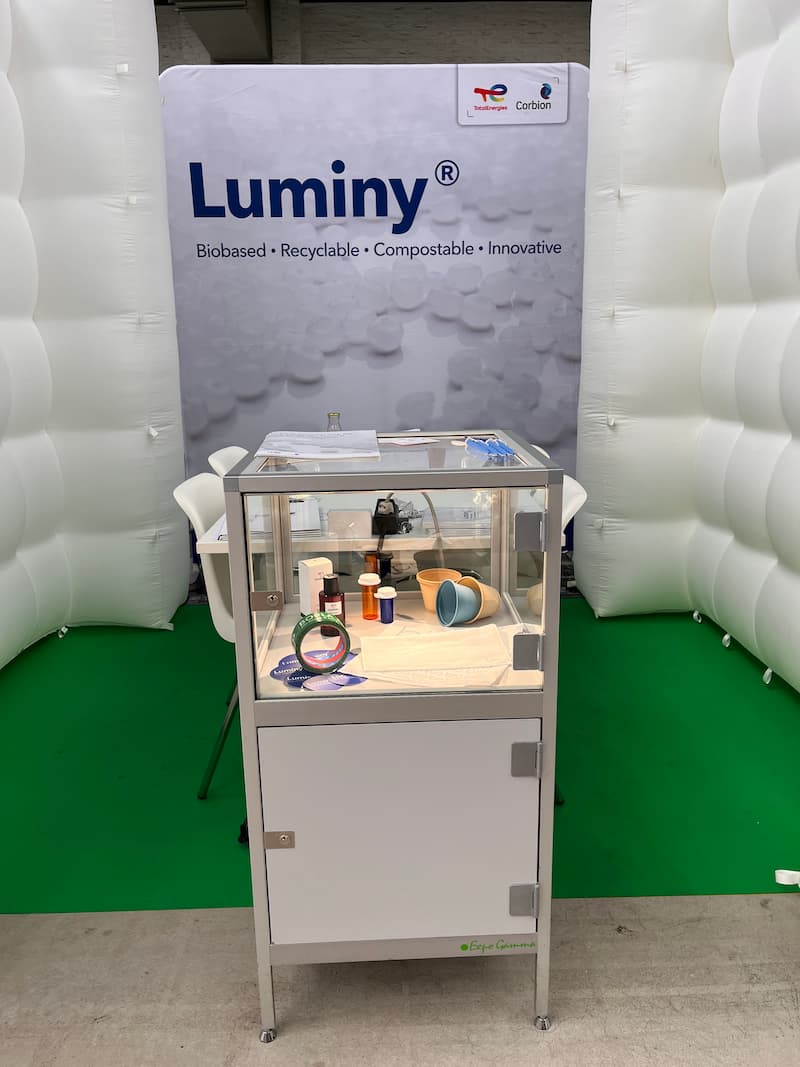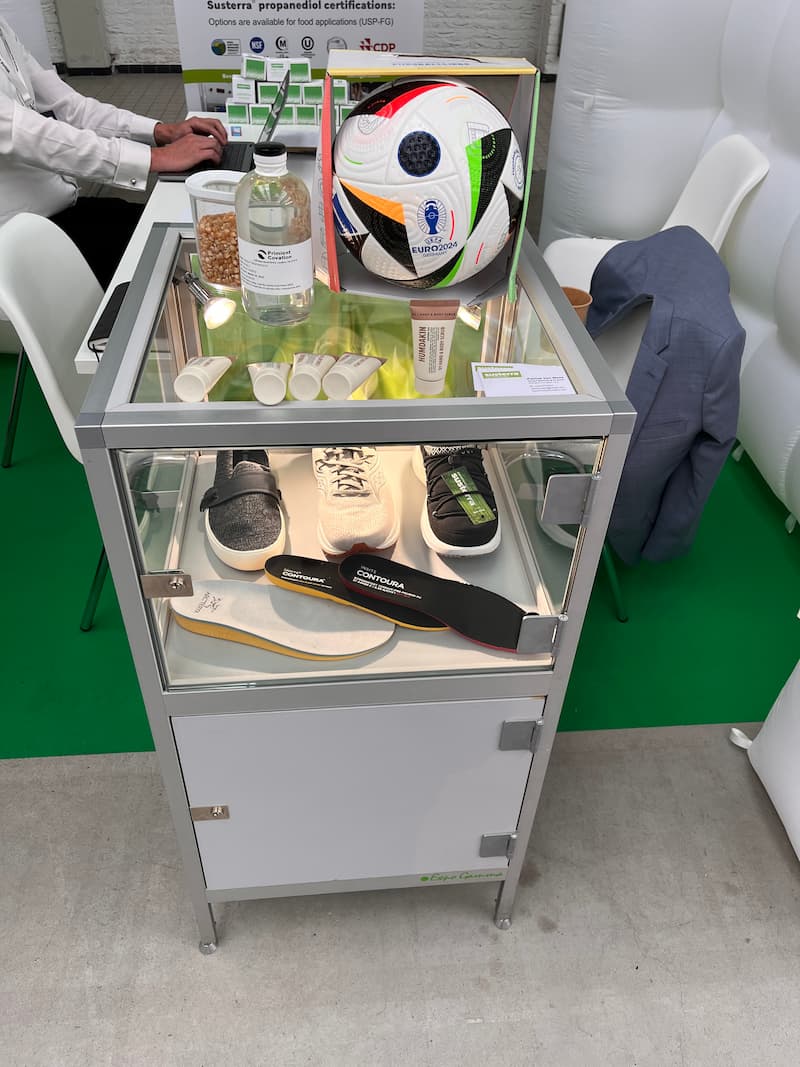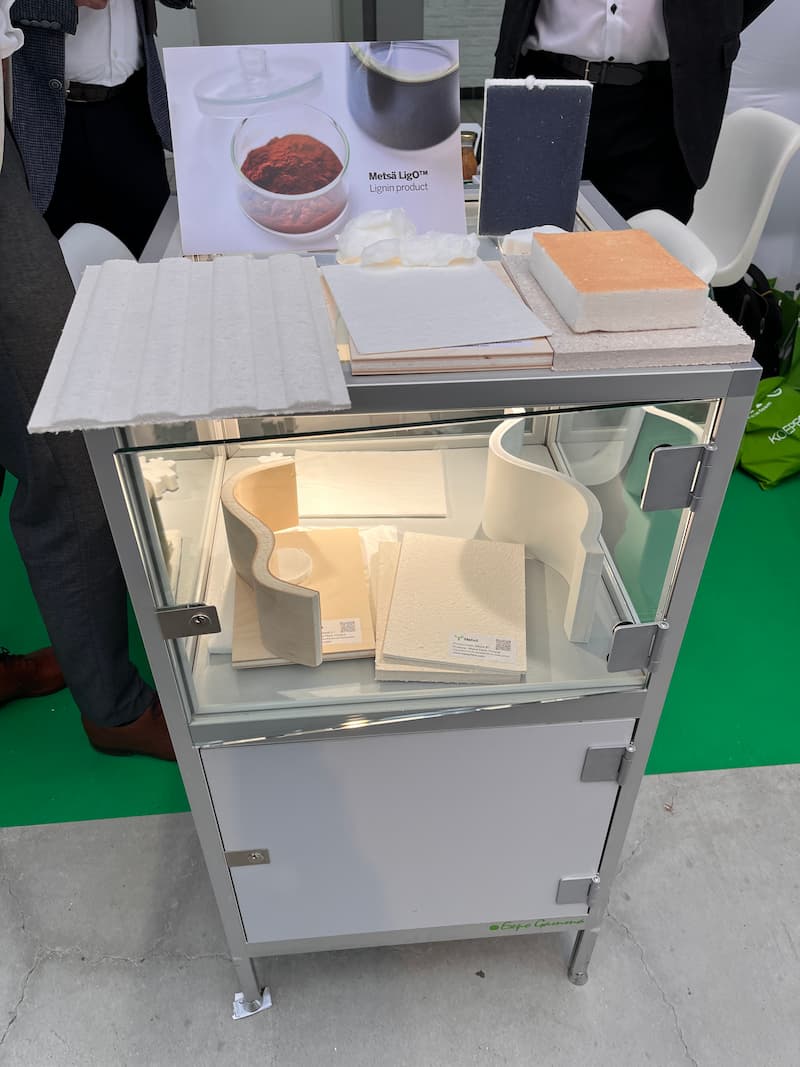For the Bioeconomy Austria project, Gottfried Hebenstreit from the Ecosocial Forum Austria & Europe was on site in The Hague. The “World Bio Markets 2025” brought together over 300 representatives from business, research, and policy over two days – all with the common goal and under the motto: “Make bio the new normal.” Through a diverse program of 35 conference sessions, numerous exhibition booths, and pre-scheduled B2B meetings, key challenges and success factors for scaling bioeconomy business models were discussed, and cooperation opportunities were identified. By the way: A rebranding will take place from 2026 onward – World Bio Markets will become three separate conferences:
Bio Innovations APAC: March 4–5, 2026, Singapore
Bio Innovations Europe: June 10–11, 2026, The Hague
Bio Innovations North America: September 9–10, 2026, Omaha
The following includes a brief summary of the most relevant content for Bioeconomy Austria as well as an overview of innovative companies with potential connections for our partners.
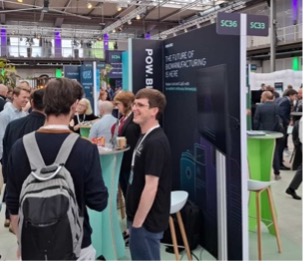

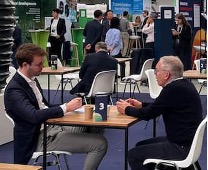
Bio-based Innovations Between Industrial Partnerships and Performance Pressure
In an insightful panel discussion, Fabien Deswarte, Head of Strategic Partnerships at L’Oréal, and Ute Schick, Head of the Cosmetics & Care Solutions division at Evonik, shared perspectives on the bio-based transformation of their companies. Both emphasized that sustainability is no longer a “nice-to-have” but is strategically embedded at the executive level. Crucially, bio-based solutions must not only meet ecological standards but also deliver on performance—or even outperform conventional alternatives. The trend clearly favors functional, biodegradable ingredients that offer real added value. Startups should consider regulatory frameworks early on, design their business models for scalability, and realistically assess market demand. Biotechnology is viewed as a long-term lever for defossilization.
A key topic was collaboration between corporations, startups, and scale-ups. L’Oréal (which aims to be 95% bio-based by 2030), Evonik, and the French biotech company Abolis, for example, have formed an alliance to efficiently bring new bio-based active ingredients from research to industrial application. Furthermore, L’Oréal’s new Sustainable Innovation Accelerator, backed with €100 million, opens up new cooperation opportunities for market-ready, bio-based solutions.
Investment Perspectives for the Circular Bioeconomy in Europe
Michael Nettersheim, one of the managing partners of the European Circular Bioeconomy Fund (ECBF), emphasized the key role of private investment in scaling bioeconomy innovations. The ECBF specifically targets scale-ups with market-ready technologies, particularly in bio-based materials, chemicals, and agri-/foodtech. The fund is supported by the European Investment Bank and industry partners such as Nestlé and Corbion. In addition to commercial potential, a core investment criterion is the climate impact of technologies—i.e., their contribution to reducing or removing greenhouse gases.
Nettersheim identified the challenging transition from lab to industrial scale as the biggest obstacle to advancing the bioeconomy. The sector must become more cost-efficient—e.g., through approaches such as continuous fermentation—while delivering “green” without premium prices. Technologies involving AI, biological data analysis, and fermentation processes are promising levers for increasing efficiency. Success requires partnerships across the entire value chain. For startups, market potential, scalability, and robust cost structures must be integral from the outset.
Funding Strategies for Startups in Uncertain Times
Panelists in this session agreed: Current funding conditions for startups and growth companies are more difficult than they’ve been in years. Michaela Puddu (Emerald Technology Ventures), Elisabeth Storm de Grave (Invest NL), Guillaume Baxter (Sofinnova Partners), and moderator Rob van der Meij (Capricorn Partners) stressed the importance of strong cash management, operational efficiency, and robust milestones. In a saturated market characterized by overvalued funding rounds in previous years, the focus now is on realistic valuations and strengthening existing partnerships—especially with strategic investors. Early transparency with investors and leveraging board expertise were highlighted as key success factors. Resilience, realism, and strategic partnerships are critical, particularly for startups with little or no revenue. Resilience applies not just to the business model, but also to the team structure and the ability to weather difficult market conditions.
From Niche to Mass Market
This discussion addressed core challenges and strategies for bringing bio-based products from niche to mainstream markets. Isabel Alvarez-Martos (Cellugy) pointed out that sustainability may “open the door, but it doesn’t close the deal.” Key factors include performance, application costs, and a clear customer benefit. Annika Huomo (Borealis) highlighted the structural cost premiums of bio-based materials—from transport and processing to feedstock availability—and the need for economies of scale to reduce the so-called “green premium” over time. The goal must be to make solutions economically viable without compromising on ecological standards.
Eléonore Möller (Arkema) and Mat Wielopolski (Deloitte) discussed how circular value creation and differentiated pricing strategies can help establish bio-based products in existing markets. It is essential to identify market needs early along the entire value chain—from raw materials to application—and to think of sustainability as a core business logic. Value-based pricing and customer centricity can help address customer willingness to pay. Key levers for acceleration include a realignment of procurement KPIs and intensive cross-sector collaboration.
“Detoxification” & “Defossilisation” of the Chemical Industry
In a high-level panel discussion, Ivana Krkjus (BASF), Laura Kherbeck (Dow), Shaun Russell (Merck KGaA), and Peter Nieuwenhuizen (Change Chemistry) presented their strategies for simultaneously reducing fossil resources and hazardous chemicals. The message was clear: Sustainable chemistry must address both challenges in parallel. While many companies are systematically working on CO₂ reduction and bio-based feedstocks, detoxification—such as replacing PFAS, toxic solvents, or hazardous additives—is often still under-addressed. BASF and Dow presented approaches like predictive toxicology, even without animal testing (“predictive toxicology”) and portfolio screening systems to identify and remove problematic substances early.
From Path Dependency to Innovation: A central theme was the need for new, scalable alternatives—such as safe solvents or bio-based polymers. Despite regulatory frameworks like REACH or the EU’s “Safe and Sustainable by Design” concept, bold innovation and investment are required—especially in difficult-to-replace but widely used chemical groups. Merck, for example, relies on educational partnerships like “Beyond Benign” to integrate green chemistry into education early on.
Diversity of Bio-based Applications in B2B and B2C Markets
This dynamic session demonstrated how various industries are successfully adopting bio-based materials—from high-tech shoe soles to industrial coolants and wood coatings. Delphine Martin from Climalife highlighted the benefits of bio-based heat transfer fluids such as “Greenway Neo,” which reduce energy consumption and CO₂ emissions through lower viscosity. Sören Focken from BCH presented a newly developed, cost-efficient bio(meth)acrylate capable of replacing fossil reference products. Jake Van Daam from Insite Insoles illustrated how performance and sustainability go hand in hand through a bio-based PU foam: An initially small order grew to 800,000 shoe pairs thanks to improved durability and 70% bio-based content.
All panelists agreed: The market increasingly demands LCA data, transparency, and storytelling to convey the added value of sustainable materials to consumers. Regulation currently plays a secondary role—the true drivers of transformation are innovation, customer communication, and the willingness to see bio-based products as a strategic investment in quality and future viability.
Artificial Intelligence as a Catalyst
The panel discussion featuring Lars Börger (nova-Institute), Vince Hoppe (Process Design Center), Jan-Harm Urbanus (TNO), and Damien Perriman (eXoZymes) compellingly demonstrated how AI and machine learning are transforming industrial biotechnology. While many core concepts—like neural networks—are not new, current computing power now makes them scalable. Particularly exciting: The combination of data quality with intelligent modeling allows materials, enzymes, and processes to be developed faster, more accurately, and more cost-effectively. Perriman illustrated this with the example of “nctx.one”: An AI-supported enzyme design process that used to take years was successfully completed in six weeks by just two people.
AI not only accelerates R&D processes but also reshapes go-to-market strategies in the bioeconomy. Panelists emphasized that smart data use opens new markets and allows more efficient planning of complex scaling processes—e.g., via production equipment simulations or predictive analysis of material properties. It was also stressed that AI does not necessarily replace experts but complements their work (“human in the loop”). Companies that strategically develop and protect their datasets gain a lasting competitive advantage. The challenge lies not just in the technology, but in building robust business models around the use, integration, and protection of AI-driven knowledge.
